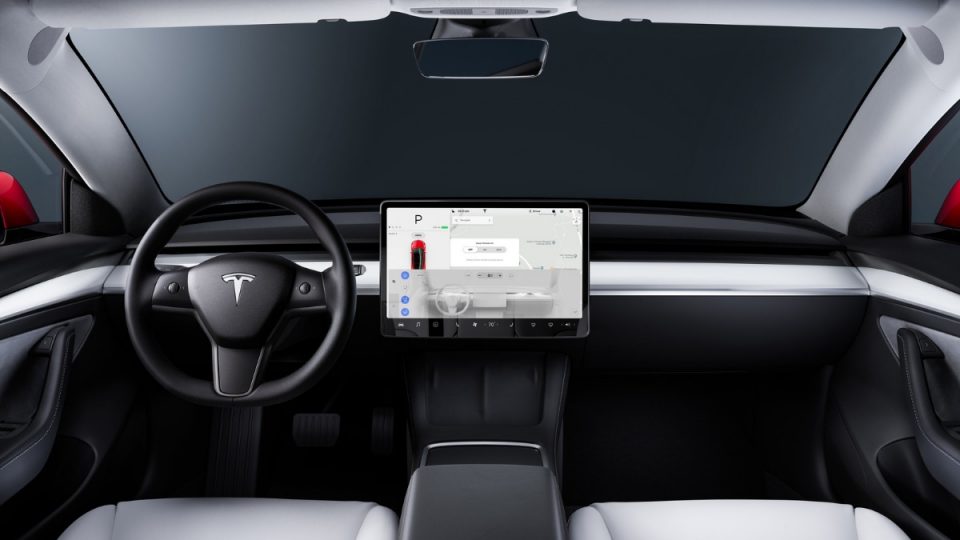Most carmakers worldwide have been suffering for months the ongoing microchip crisis, which made them a scarce commodity and forced production of some models to be postponed or suspended for long periods. Therefore, dealers could not guarantee delivery dates and were forced to reduce their sales, sometimes also causing prices to skyrocket. However there is an OEM manufacturer among them that clearly seems not to have suffered from this problem at all: Tesla has continued to break sales records quarter after quarter, selling almost twice as many vehicles in 2021 as in 2020.
A key component is Open-source software (OSS): computer software that is released under a license in which the copyright holder grants users the rights to use, study, change, and distribute the software and its source code to anyone and for any purpose. Open-source software may be developed in a collaborative public manner; it is a prominent example of open collaboration, meaning any capable user is able to participate online in development, making the number of possible contributors indefinite. The ability to examine the code facilitates public trust in the software, and its development can bring in diverse perspectives beyond those of a single company. Long ago, a 2008 report by the Standish Group stated that adoption of open-source software models has resulted in savings of about $60 billion per year for consumers.
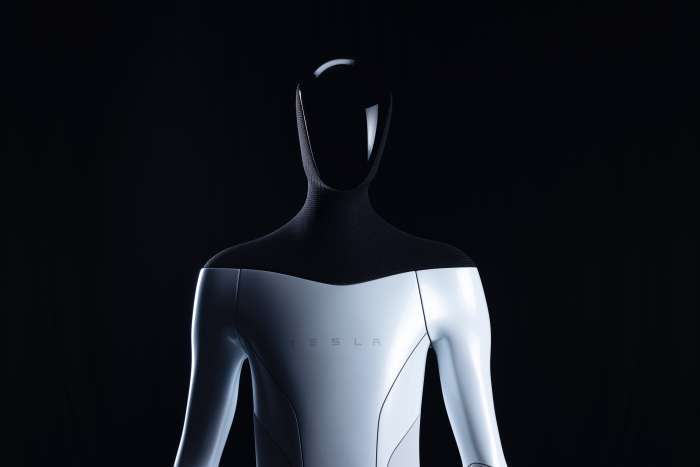
Open source code can be used for studying and allows capable end users to adapt software to their personal needs in a similar way user scripts and custom style sheets allow for web sites, and eventually publish the modification as a fork for users with similar preferences, and directly submit possible improvements as pull requests.
Tesla, and Elon Musk, who is very fond of speaking out on social media (Twitter), have so far spoken very little about this key topic. Despite this silence, however, it is becoming increasingly clear that Tesla’s unified computing architecture and control over its own software has been at the very least an important factor.
Like any other automaker, Tesla couldn’t get the microchips it had previously ordered in sufficient numbers to keep up with the production volume of its plants. However, unlike almost all other OEM car manufacturers, by owning its software Tesla was able to access, modify and rewrite it the way it needed and that way take advantage of available chips from other vendors. “We have used alternative parts and programmed software to mitigate the challenges caused by this shortage,” Tesla stated in its third-quarter 2021 earnings report.
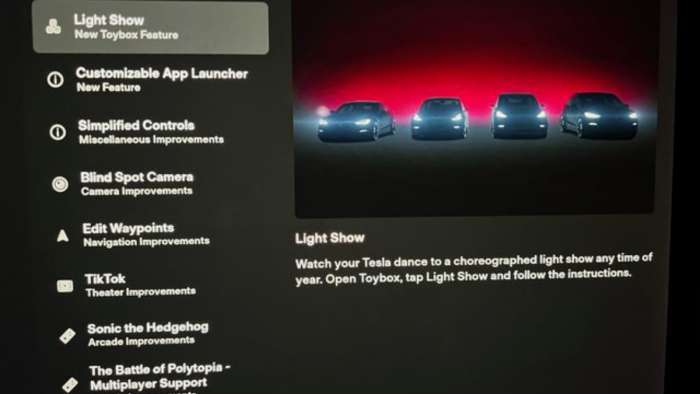
Most traditional car manufacturers don’t have that option because their computer software (which in most cases is not open source, that is, it comes in a closed “black box” that is not accessible) and hardware are also under control of the suppliers. This basically creates a direct, artificial technological dependence. In fact, as The New York Times reports, in many cases those traditional OEMs also relied on those same vendors to deal with microchip manufacturers, thus losing the bargaining power needed to negotiate. In other words, they were disconnected from the supply chain of these materials, which made their situation a little more complicated.
Morris Cohen, a professor at the Wharton School of the University of Pennsylvania, says that “Tesla – born in Silicon Valley – never outsourced its software, so it writes its own code.” In this way Tesla was able to rewrite and modify the software that runs on the chips that were in short supply in order to adapt it to those chips from other brands that were not in short supply. “Tesla controlled its own destiny,” he added.
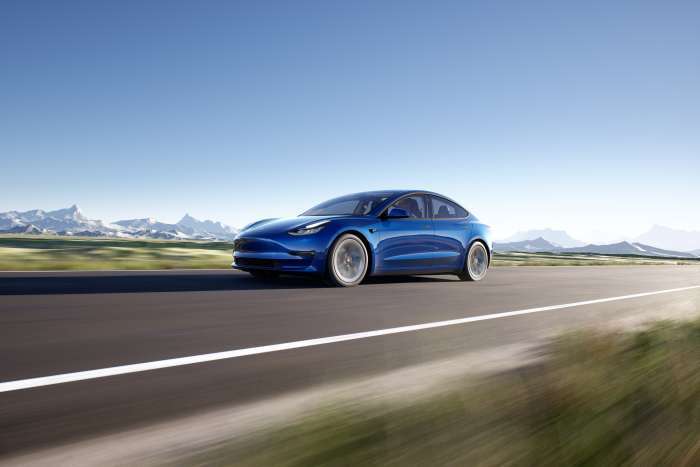
Tesla has become famous around the world for having been able to create some of the most successful electric cars on the market: Model 3, Model Y, Model X and Model S, offering incredible car performance accompanied by a very high-quality and widely available charging network infrastructure. Tesla’s unified computing architecture and AI standards have not gotten many headlines on social media or the press, but it has surely provided a very sizable competitive advantage since the early days of the company.
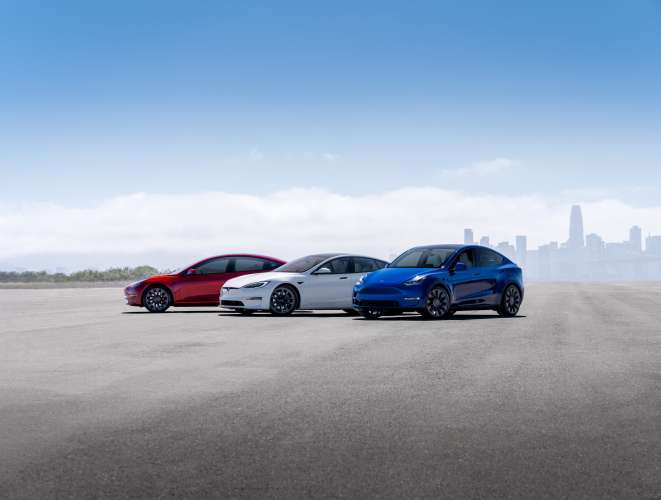
Now, several years later, the whole automobile industry is starting to realize that there is way more to adopt from Tesla than just its philosophy when it comes to creating successful electric cars, and that they must take control of the computer systems and software of their vehicles for their own benefit. As an example of this change, The New York Times reports that Mercedes Benz plans to use fewer specialized chips, moving to more standardized semiconductors in its upcoming models, apart from getting an army of AI engineers to actually access, study and modify all software for its upcoming (and in some cases, for some current) models.
All images courtesy of Tesla Inc.
Nico Caballero is the VP of Finance of Cogency Power, specializing in solar energy. He also holds a Diploma in Electric Cars from Delft University of Technology in the Netherlands, and enjoys doing research about Tesla and EV batteries. He can be reached at @NicoTorqueNews on Twitter. Nico covers Tesla and electric vehicle latest happenings at Torque News.


